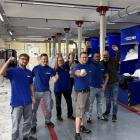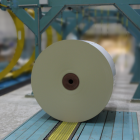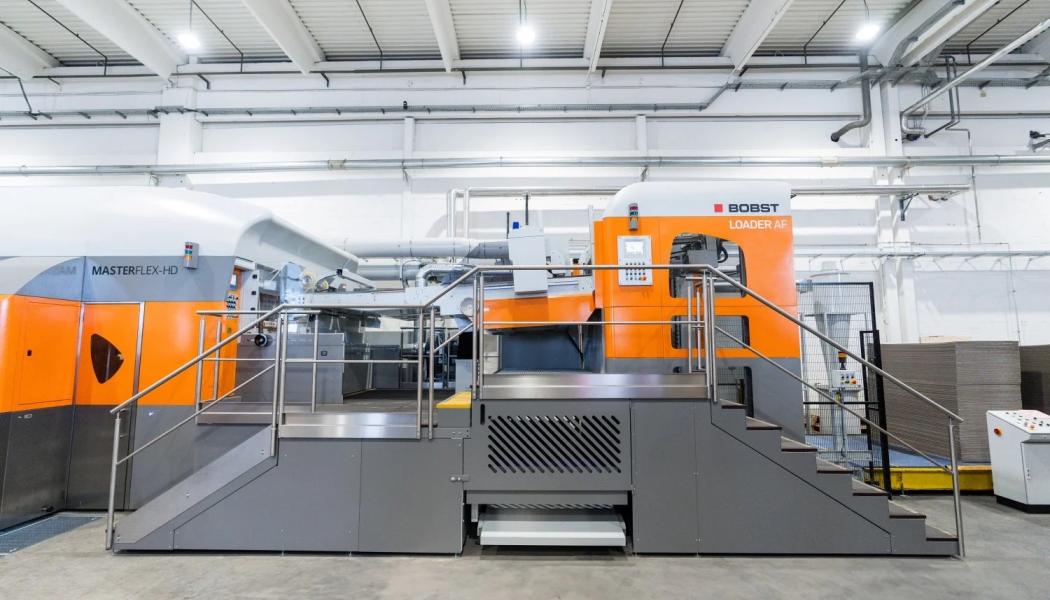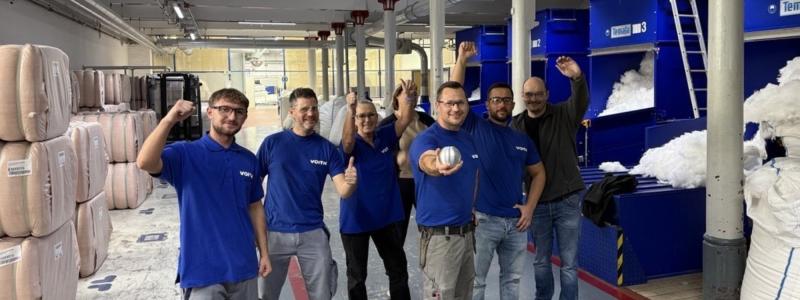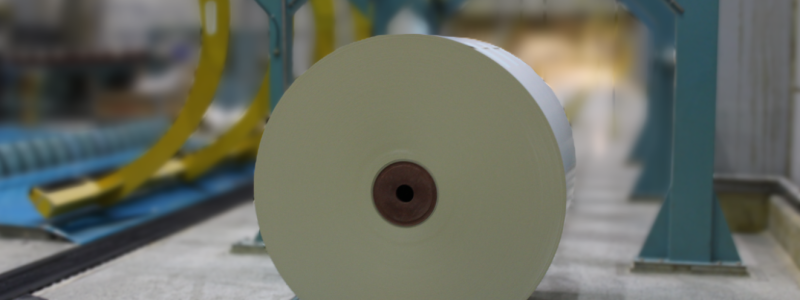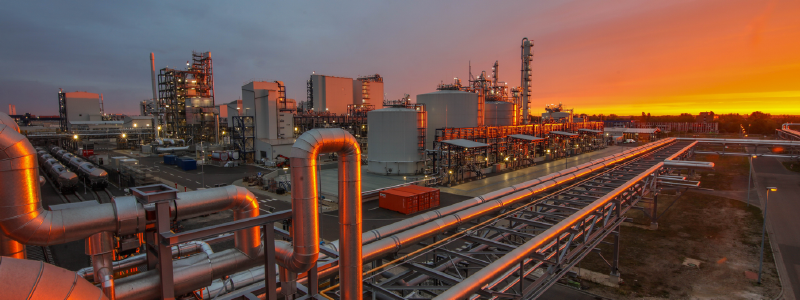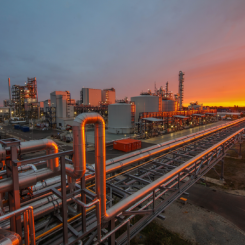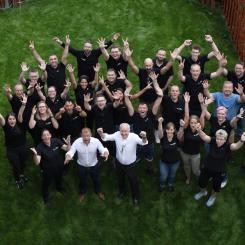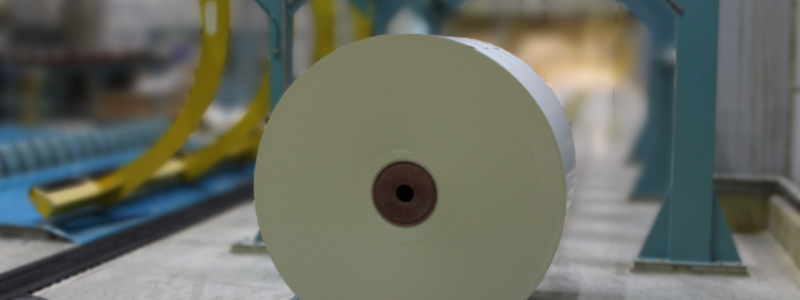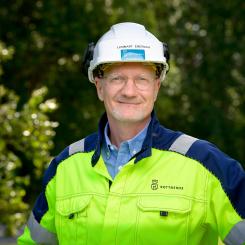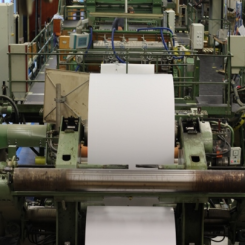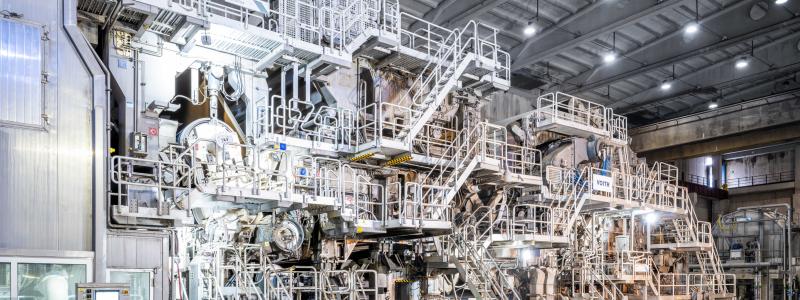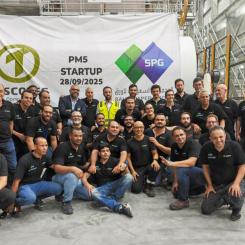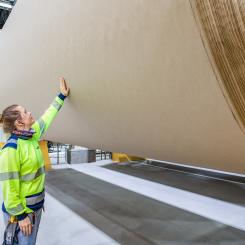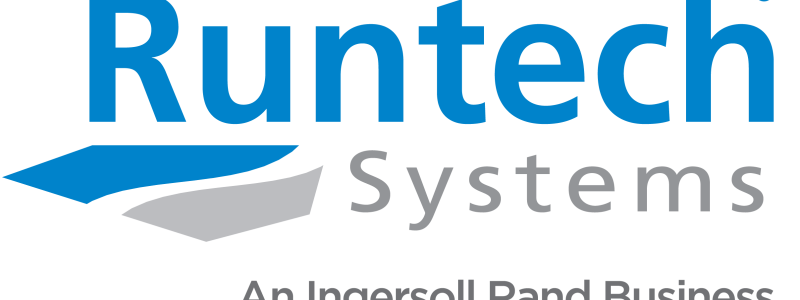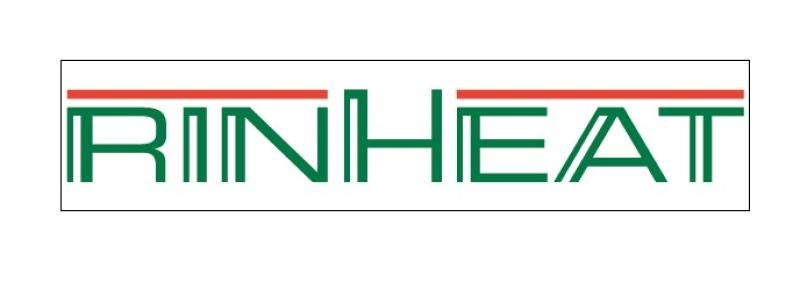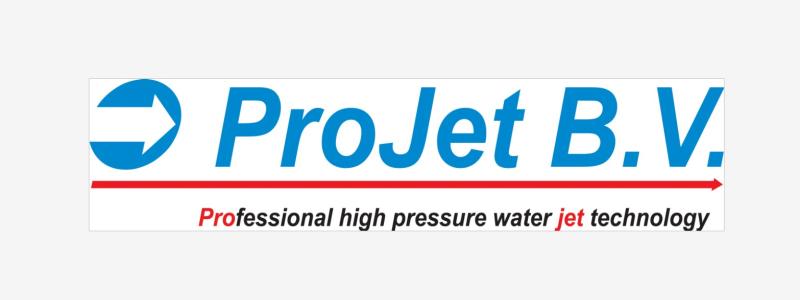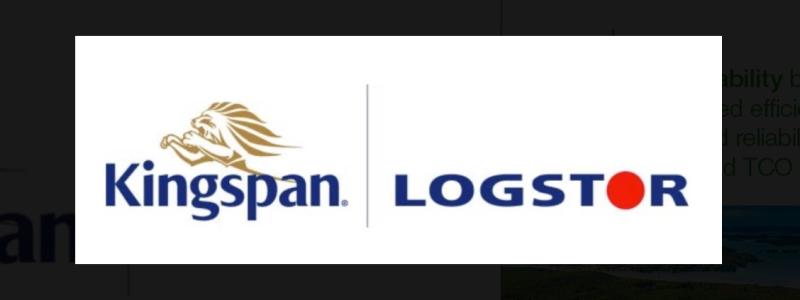DS Smith, a global leader in sustainable fibre-based packaging solutions, announces a significant investment of €13 million in its Austrian facilities located in Margarethen am Moos and Kalsdorf bei Graz. This financial commitment is a key component of the company's aggressive growth strategy in Eastern Europe, aiming to enhance production in Austria by 20 per cent.
The investment includes the introduction of advanced machinery at both sites to improve quality, productivity, and innovation capabilities. In Margarethen, new palletizing robots and transfer carriages have been installed, leading to a considerable boost in efficiency when combined with the optimization of the production process. Meanwhile, the Kalsdorf facility has seen the inauguration of a new folder glueing machine (Masterfold) and a high-performance die-cutter (Masterline).
Addressing Growing Demand
In addition to machine investments, the modernization of the conveyor system and expansion of the warehouses at both sites are underway. Once completed, these enhancements will allow DS Smith to meet the rising customer demand by increasing output in Austria by 20 per cent.
A significant portion of the investment is also focused on improving resource and recycling management, including the installation of a new waste press in Kalsdorf, affirming DS Smith's commitment to the environment.
Renovating Roofs
DS Smith is also planning to invest in other sustainable initiatives, including the renovation and modernization of the roofs at Margarethen and Kalsdorf during the summer of 2024, to facilitate the installation of large-scale photovoltaic systems in the future.
Dieter Glawischnig, Managing Director of DS Smith Packaging Austria, emphasizes that the investments not only ensure the stability of supply chains and continuity of sustainable business practices but also actively contribute to bolstering the regional economy. This involves maintaining existing employment opportunities and simultaneously creating attractive new job prospects for skilled workers in the region.
Source: DS Smith

